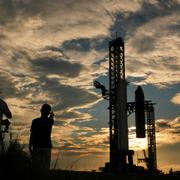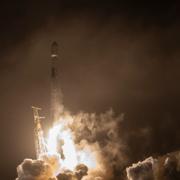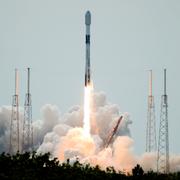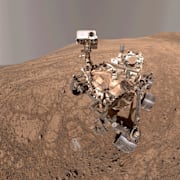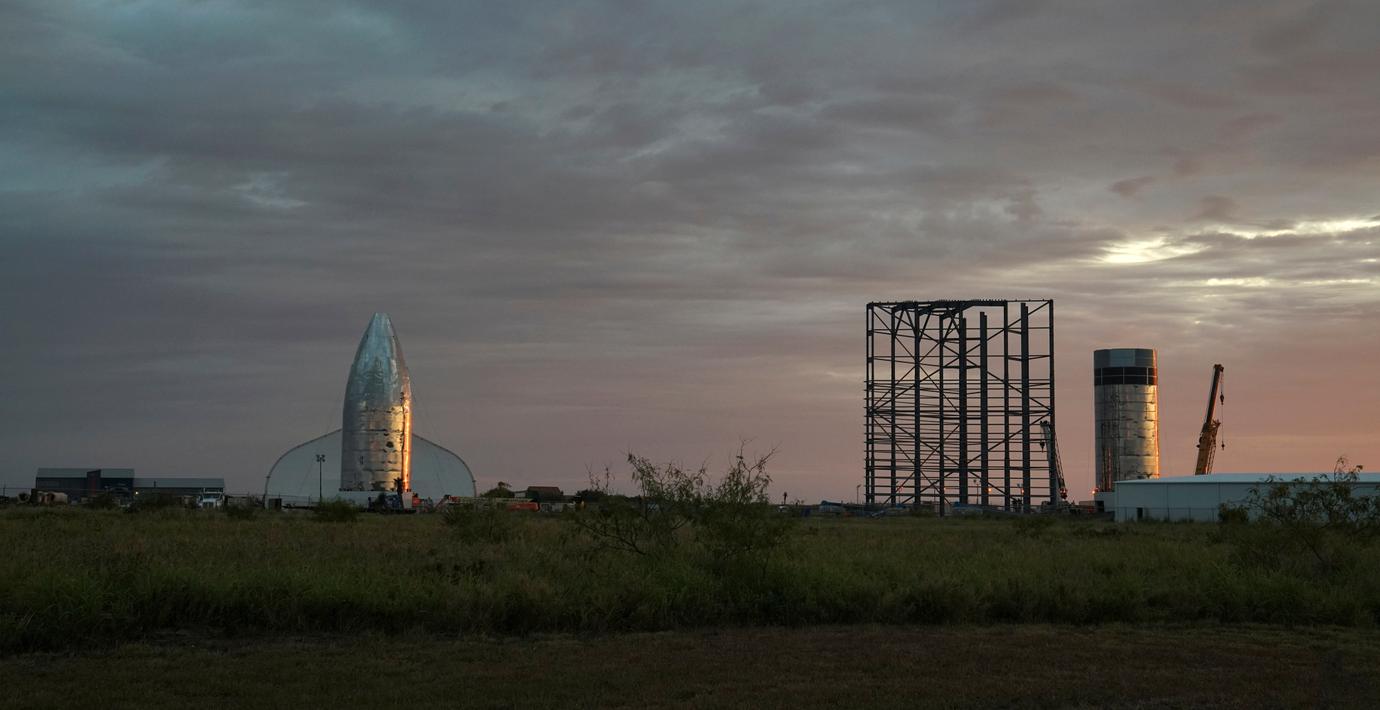
Space X lägger fram ny miljöanalys för Starship
Space X har tagit fram ett utkast till miljökonsekvensbeskrivning för den kommande Starship-raketen, som på sikt är tänkt att användas för resor till Mars, skriver Techcrunch.
Dokumentet utgör ett viktigt steg för de uppskjutningar av prototyper av nästa generations raketer som är tänkta att ske inom två till tre månader.
Analysen omfattar bland annat buller, farligt avfall och risker för allmänheten vid konstruktionen av en andra uppskjutningsplats på Kennedy Space Center.
bakgrund
BFR-raket
Wikipedia (en)
The Starship super heavy is a privately funded, fully reusable launch vehicle and spacecraft system in development by SpaceX. In November 2018 the second stage and ship was renamed by CEO Elon Musk to Starship, while the first stage was given the moniker "Super Heavy." The overall space vehicle architecture includes both launch vehicle and spacecraft, as well as ground infrastructure for rapid launch and relaunch, and propellant transfer in space. The payload capacity to Earth orbit is cited as being at least 100,000 kg (220,000 lb), making BFR a super heavy-lift launch vehicle. The first orbital flight will occur no earlier than 2020, with a flight around the Moon slated for 2023.SpaceX has been developing the technologies needed for a super heavy-lift launch vehicle for many years, with the design characteristics and nomenclature undergoing several revisions over time. Before 2016, the SpaceX super heavy-lift vehicle concept was referred to as the Mars Colonial Transporter (MCT). In 2016, Musk presented a specific design for a much larger 12-meter-diameter rocket called the ITS launch vehicle. In September 2017, a design was unveiled for a smaller 9 m (30 ft)-diameter vehicle—one that SpaceX believed would be more feasible to successfully fund and build—which was given the code name BFR.The launch vehicle design is dependent on the concurrent development work by SpaceX on the Raptor rocket engine, which is a cryogenic methalox-fueled engine that will be used for both stages of the BFR launch vehicle. Development on the Raptor began in 2012, leading to engine testing which began in 2016, flight testing in July 2019, and a full-up orbital flight test as early as 2020.The BFR system is intended to completely replace SpaceX's existing space transportation hardware (the Falcon 9 and Falcon Heavy launch vehicles and the Dragon spacecraft), initially aiming at the Earth-orbit launch market, but explicitly adding substantial capability to support long-duration spaceflight in the cislunar and Mars transport flight environments.
Läs mer
Omni är politiskt obundna och oberoende. Vi strävar efter att ge fler perspektiv på nyheterna. Har du frågor eller synpunkter kring vår rapportering? Kontakta redaktionen
